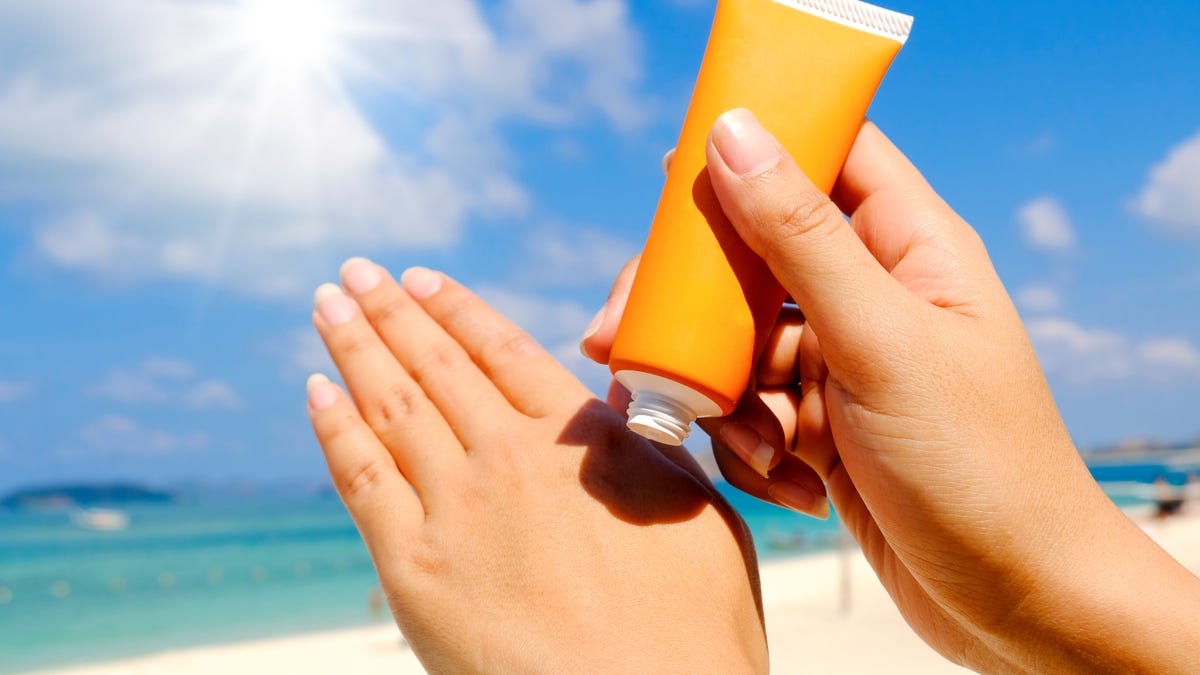Instead of 'Reef Safe,' Use This Kind of Sunscreen - 3 minutes read

No matter the skin type, we all need protection from harmful rays that can damage our skin or cause forms of cancer. Sunscreen is made of carbon-containing molecules to either absorb light or reflect it away from the skin, but one problem is when those same ingredients have been reported as harmful to the environment, particularly coral reefs. As result, some manufacturers have taken to marketing “reef safe” sunscreens, but it’s probably not worth your worry.
While there are some precautions to look for in a sunscreen, coral reef damage shouldn’t be high on the list. Here’s what we know about the environmental effects of sunscreen and what “safe” sunscreen should be.
Don’t change your sunscreen to save the coral reef
Sunscreen protects our skin from two types of harmful sun rays: UVB and UVA rays. UVB rays are what cause skin to redden and burn, while UVA rays are known to cause skin cancers like melanoma. There are also two forms of sunscreen: physical and chemical. The Skin Cancer Foundation gives a clear definition of the two.
Physical (mineral) sunscreen ingredients (including the minerals titanium dioxide and zinc oxide) block and scatter the rays before they penetrate your skin.
Chemical sunscreen ingredients (like avobenzone and octisalate) absorb UV rays before they can damage your skin.
In a 2016 study, the chemical form of sunscreen was found to be harmful towards coral reefs and add to the issue of “coral bleaching,” but a more recent study found “no quantifiable levels” of the harmful chemical on the surface seawater or in the coral itself. Chemistry PhD and science content creator Dr. Michelle Wong is an expert on the subject, and eases any concerns about the level of destruction sunscreen is causing the coral reefs.
“It’s always possible that sunscreen has an effect on coral reefs, but the evidence so far points towards sunscreen not having a large impact,” Wong explains. “The ocean is massive, so any sunscreen that goes into it gets diluted very quickly.”
The real issue lies with mass production of things like plastics, over farming, and the pollutants that contribute to climate change. Wong points out that most companies that include natural ingredients “are very energy intensive to produce.” When you think you are solving one problem, it’s creating another.
Why you should use physical sunscreen
Sunscreen doesn’t travel through water in enough quantities to contribute to coral reef bleaching or damage. If you’ll find yourself swimming right on top of coral reef at your next scuba diving excursion, though, Dr. Wong recommends that it’s “best to avoid the ingredients that have had a larger impact in laboratory studies, namely oxybenzone and octinoxate.”
If you want to protect yourself and do a small part for the environment, choose a physical sunscreen. Physical sunscreens use the chemicals titanium dioxide or zinc oxide to create a barrier between your skin and the UVA or UVB rays; they’re not exactly “natural,” but haven’t been known to cause coral reef bleaching.
“Many of the sunscreens marketed as ‘reef-safe’ have poor textures and cause white cast on the skin, which means people are less likely to use them up and they end up expiring on the shelf, which is not good for the environment,” says Dr. Wong. This doesn’t mean throw away all of your sunscreens and run out to purchase new tubes, of course, but the next time you run out of sunscreen, consider steering clear of oxybenzone and octinoxate.
Source: Lifehacker.com
Powered by NewsAPI.org